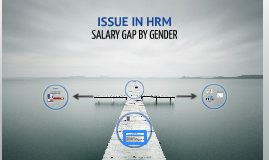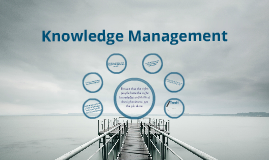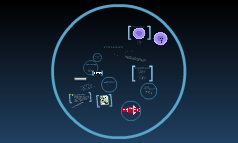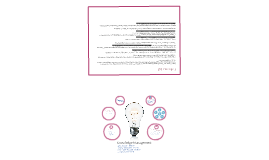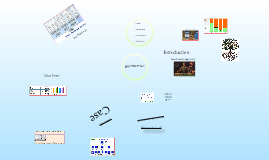KNowledge Management
Transcript: Knowledge Management at Mercedes-Benz Company History German automobile manufacturer History of technological and safety innovations E.g. Internal combustion engine, honeycomb radiator Integrated knowledge management programs Competitive advantage stems from the quality of product Increasing competition creates pressure to innovate CULTURE Mercedes-Benz defined by 3 characteristics: 1. The Product 2. The Values 3. The Brand Associations Product Safe Durable Advanced Luxurious High performance Values Authenticity Innovation Leadership Quality Brand associations (positive) Trusted, Special, Dynamic (negative) Ostenatious, Serious, Traditional Merger 1998: Daimler merges with the American car corporation Chrysler Goals •To be able to share parts and the cost of developing expensive new technologies •To create an unprecedented combination of prestige and market power •To be the global standard KM goals of the DaimlerChrysler after 1998 merger: •To leverage soft assets, such as Intellectual Capital in the form of Knowledge Management. Therefore increasing knowledge sharing •To resolve cultural differences between Daimler and Chrysler •To convince executives, managers, and staff to be open and remain loyal •To use knowledge management for a smooth merger process So What Went Wrong? •Market share fell from 16.2% to just 13.5% (1998-2001) •Chrysler CEO, Holden, fired after less than a year. •Two-thirds of Chrysler’s senior management was fired or resigned (executives did not get along with German colleagues) •In 2000, Chrysler’s operating profit decreased 90% •DaimlerChrysler ranks only fifth among the seven largest automakers •Not-invented-here syndrome kept Chrysler and Mercedes from sharing ideas, parts, etc. Moving Toward Better KM... •Mapping out the place of the knowledge and putting it in Technical Reports and the Chrysler Institute of Engineering •Creation of ”Tech Clubs”; •Creation of ”Engineering Book of Knowledge” •Germany's tradition of vocational training for skilled workers provide structure for tacit knowledge exchange, but it did not provide framework for creative innovation. Thus Daimler created the Daimler’s Corporate University (DCU) Mercedes Benz Global Training Designed to produce professional KM Combat dynamic working environment Constantly able to expand their spectrum of knowledge “Global Training makes a decisive contribution to quickly transferring knowledge and successfully marketing products and services. Up to date, fast, widespread, and simultaneous - this is how know-how is passed on to our sales employees." Knowledge Sharing Environment Increased competition results in the need for Innovation Knowledge sharing is critical to innovation Physical environment must support knowledge sharing Stuttgart Training Centre Transparent Campus 20 workshops Open spatial building organisation Flexible arrangement "Advanced workplace" Archives and Collections Department Archives have existed since 1936 Material ranges from design drawings, test reports, correspondence, minutes of meetings and Board of Management records to personal bequests, brochures, vehicle operating manuals, press kits, photographs, films and rare posters Includes vehicle collection-motorised milestones of corporate history are kept in museum Discussion Questions? Will Mercedes remain competitve given the increased competion? Are there anyways Mercedes can improve its knowledge management What do you think the bigges problem with the merger was in relation to KM?






